Not only does staking support plants and improve plant vines, it also helps make the best use of space in vertical gardens. A well placed trellis in a vertical vegetable garden can save a lot of space and makes it incredibly easy to care for your greens.
What is staking?

Staking or trellising means fastening the plants with upright stakes with the help of plant ties. These stakes provide support and strength to the top-heavy plants and allow them to continue growing skyward without letting rain, high winds, and the weight of flowers or fruits overcome them.
Type of plants that can benefit from staking
Top-heavy plants and trees

Plants and young trees that have frail stems can use the support of trellising to guide their growth like young fiddle leaf figures, rubber plants, saplings, etc. When container gardening, you can support these plants using a bamboo stick and allow them a long healthy life.
Perennials

Perennials live a long life compared to their plant buddies, but perennials need support to grow. Zinnias, dahlias, lilies, sweet peas, benefit from plant support and little pruning. If you pair a flowering perennial to stake or trellis, it will become fully grown.
Vegetable Plants
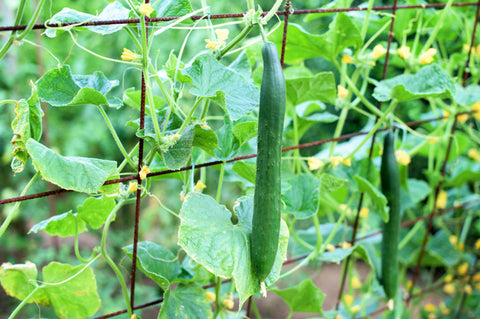
A lot of vegetable plants, like tomatoes, beans, peas, and summer squashes, need a little extra support to grow and produce a bountiful harvest. These plants cannot handle their weight and the weight of their vegetables. Surround vegetable plants with a couple of stakes or a cage trellis that can support them from all sides.
Different ways to stake a plant, decorative and functional:
There are multiple ways to stake plants depending on the type of support they need:
Arch Trellis

Arch trellises bring sculptural beauty and functional features to gardens of all sizes. The arch trellis will add a distinctive flair to your gardens. Before installing the trellis in your gardens, consider its design and placement. How tall will the trellis be? Which type of material will be used? Ask these questions to examine the compatibility of the trellis with the landscape.
Arched trellis can be crafted using painted wood, branches and twigs, and an array of metals. Use arch trellis for plants such as climbing roses, jasmines, and other flowering vines.
Tripod or Teepee Trellis

As the name suggests, a tripod or teepee trellis is shaped like a tripod. The tripod structure can add a strong aesthetic value and become the focal point of the garden. They are most effective when not overused. Ensure that the trellis is sturdy enough to support your choice of plant. These trellises can be used to support lightweight plants like sweet peas, green beans, or flowering vines. You can even create them using bamboo sticks.
Grid Trellis

Grid trellis is used to decorate walls or fences. It is crafted using wood or metal panels and is anchored on walls. The size of the trellis can be determined by its purpose, whether it is to add some privacy to the place or decoration. Vegetables like cucumbers, squash, peas can be paired with grid trellis.
Cages, A-frame and Ladder Trellis

Support provided to vegetables should be sturdy and made of durable materials. A cage is traditionally crafted using metals and is to support heavy vegetable plants. Some gardeners use actual ladders as trellises and let scramblers like tomato plants climb the ladders.
A-frame trellis, generally made with strong metal can be used to support beans, tomatoes, squash, peas, etc. A-frame allows the plants to grow vertically, saving space and producing higher yield and making plants less prone to diseases.
Fan Trellis

Fan trellis support vertical as well as horizontal growth, with help of ribs shaped like a fan. It can be mounted between two walls, allowing a vine to grow on both walls by connecting it. When it comes to bringing privacy and making an enclosed area, fan trellis is a go-to option.
It is used to provide support to flowering vines and climbing roses. Ensure that the trellis is sturdy enough to take on the weight of the plant you are mounting on it.
Tips to Stake your plant right
There are a couple of things to consider when staking your plants, if not done right, your plant will either break the stake or not climb it properly. Here is what to consider before you introduce your plants to stakes:
The sturdier, the better

When choosing a stake to hold your heavy garden plants, you will want something sturdy. If not, your plants may still fall on the ground. Make sure you choose solid materials that will not bend under pressure. Remember, when you pair stakes with your large plants, you will need to consider how big the plant will become when fully grown. Ask yourself if the stem will hold the plant to full maturity. If the answer is yes, you have chosen a good stake.
Stake while the plant is growing

It is important to put your plants on stakes when they're young. Imagine staking a fully-grown tomato plant, and you will have a problem. However, if you use a trellis when planting a seedling, it should be smooth, and the tomatoes will learn to grow high with support.
Different trellises for different plants

Some plants are thin and sleek, like pole beans, and will wrap themselves around the pole while growing. Other plants, such as tomatoes, are full and need extra support such as a cage trellis. Consider the plant you are growing and the trellis that will support the plant.
All these factors are important while choosing the perfect fit for your plants.
That’s pretty much everything you need to know about trellising your gardens. Grab rich heirloom, non-GMO seeds from AllThatGrows and start your gardening journey today!


 Sign In
Sign In


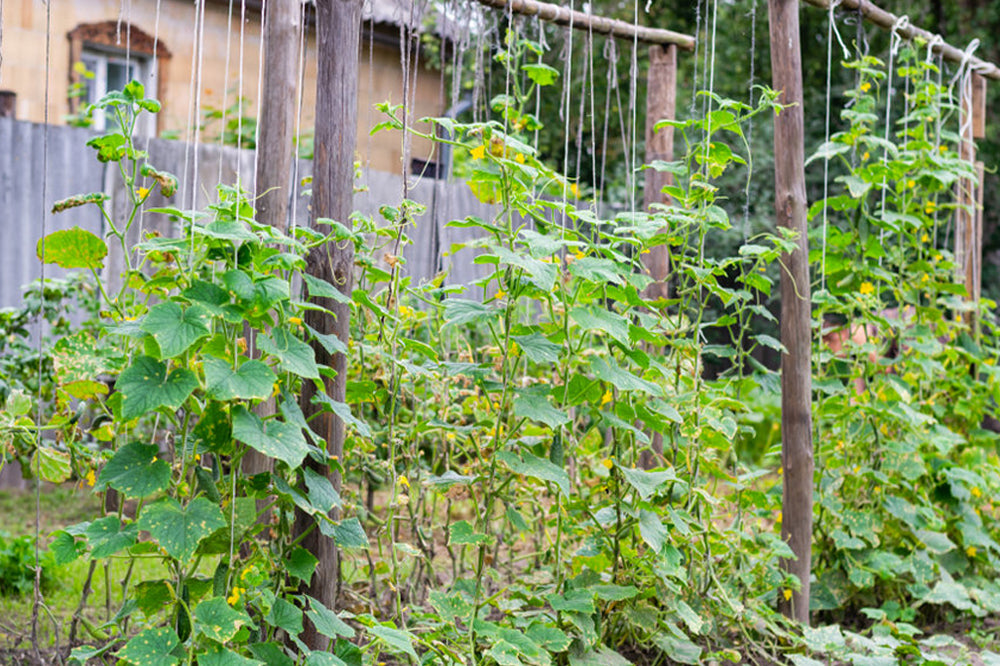
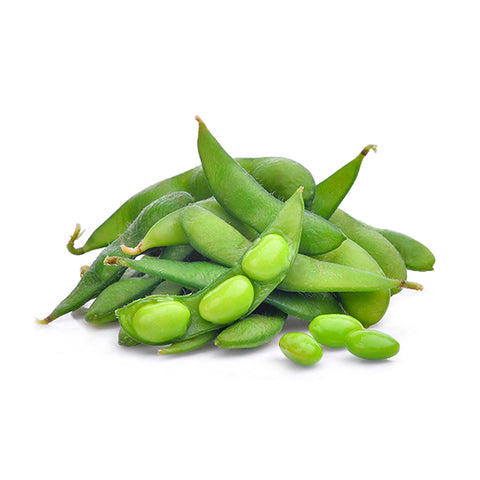
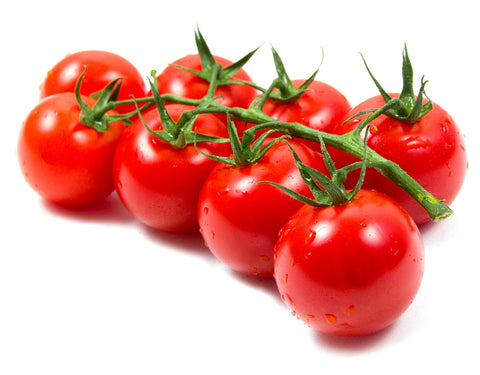
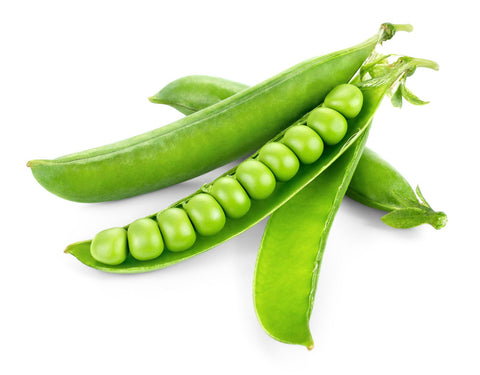
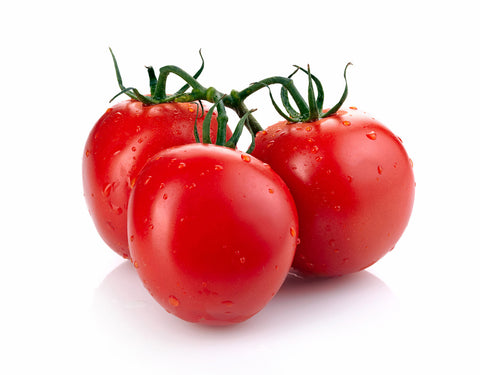
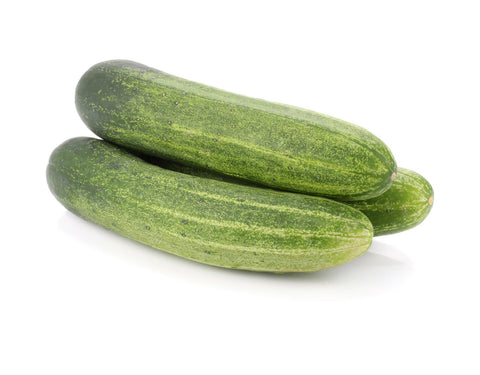
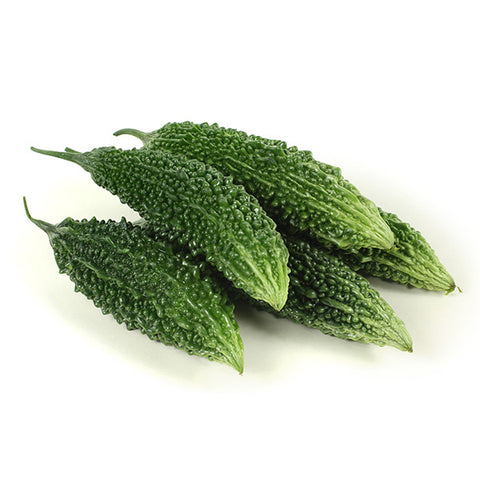
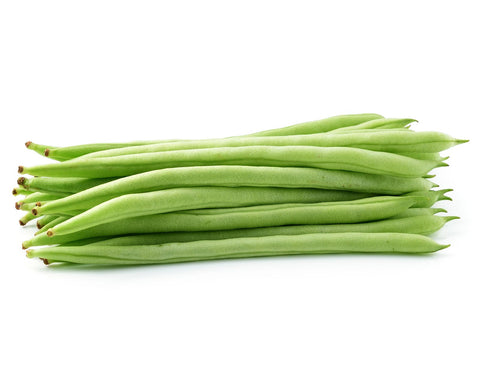
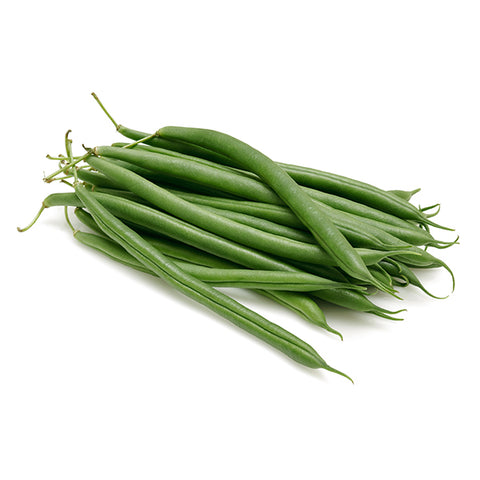
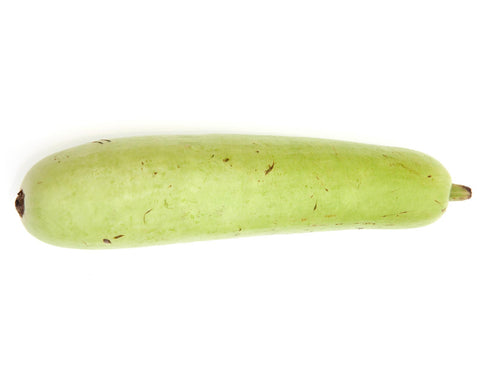
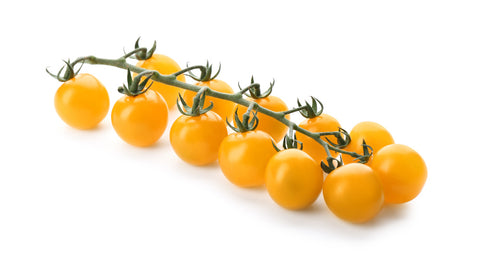
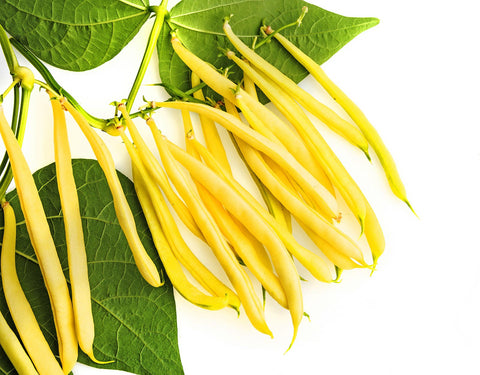
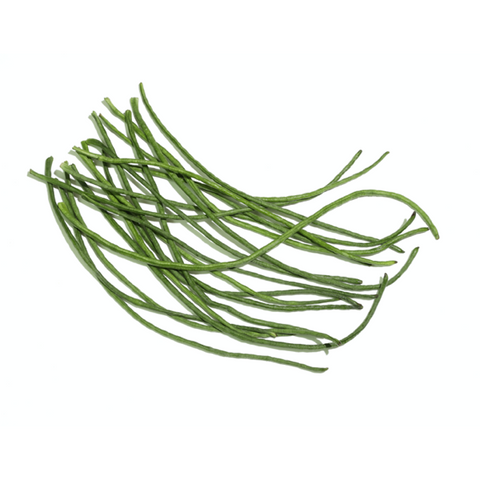






Let us know your feedback
* Comments must be approved before being displayed.